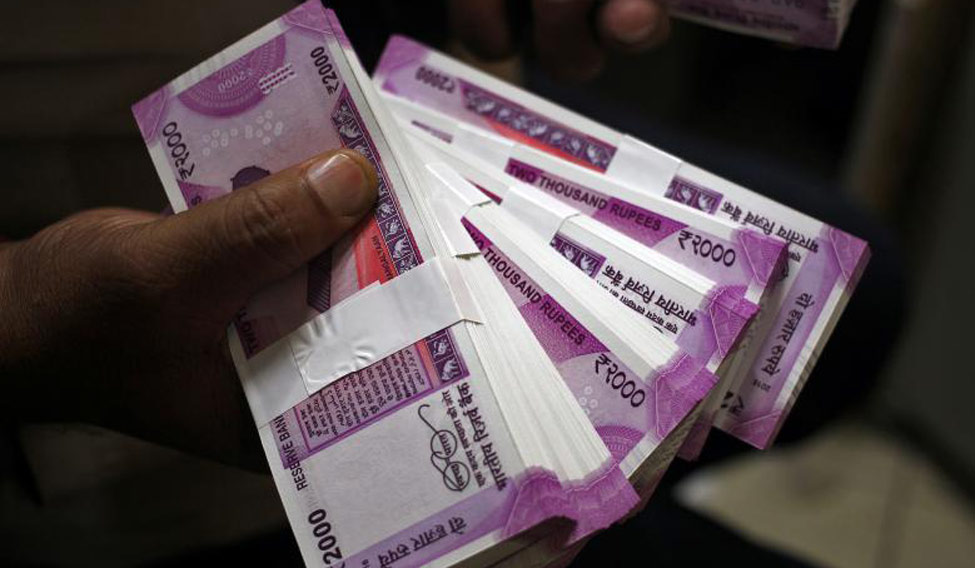It was end of December 2016. The rupee was trading close to Rs 68 to a US dollar. With the US Federal Reserve reversing its easy money policy, many had expected foreign fund flows into India to reverse too. There had already been net outflows from India's debt market and many economists and currency traders were expecting the rupee to fall to even 72 to a dollar. However, the rupee has only gone from strength to strength, surprising many of them.
On Monday, the rupee weakened 0.4 per cent against the US dollar, tracking losses in its Asian peers and a weakness in domestic equities. Despite the setback, the rupee remains one of the star performers in global currency markets this year. While the dollar has weakened, the rupee continued to strengthen as foreign institutional investors continued to pour in to India's debt and equity markets and with Reserve Bank of India's interventions limited, and economic growth remaining strong, analysts see the currency only gaining further in the next couple of months at least.
From around Rs 67.90 to a US dollar end of December, India's currency has gained more than six per cent to close around Rs 63.81 to a dollar on Monday. Last week, it hit a two-hear high of 63.58.
"The rupee has appreciated mainly because of strong inflows from foreign investors into India's equity as well as debt markets and these flows continue to remain strong, with little chance of it slowing down," Prathamesh Mallya, chief analyst at Angel Broking told THE WEEK.
So far this year, FIIs have invested Rs 56,131 crore in equity market and Rs 119,764 crore in debt, taking their total investments in the India's financial markets to Rs 175,895 crore. In comparison, in 2016, there had been foreign fund outflows to the tune of Rs 23,079 crore (Rs 20,568 crore inflows in equity and Rs 43,647 outflows in debt ).
Global equity markets have rallied this year and India is no exception. The BSE Sensex since December 31, 2016 has jumped 21 per cent. A lot of investments have also poured into the debt markets and the Reserve Bank of India's decision to cut key repo rate by 0.25 per cent to 6 per cent last week, will make bonds even more attractive for investors, which may further drive inflows.
Due to the strong fund flows into India, the RBI too has not intervened majorly in the forex market, say market analysts and traders.
With no speed bumps in the near-term, the rupee may continue to climb. Mallya sees rupee breaching the 63 mark and touching close to 62.80 against the US dollar in the next one-and-a-half months.
In an interview to a financial daily on Monday, global investment guru Mark Mobius, executive chairman, Templeton Emerging Markets Group at Franklin Templeton Investments, said the rupee could appreciate to around 60 to a dollar by the end of the year.
Analysts say the sharp rupee appreciation has caught exporters off guard and will hurt companies highly dependent on exports if the rupee gains further. India's software services exporters are among those who will be hit. India's largest software services exporter, Tata Consultancy Services, saw its first quarter net profit decline six per cent on rupee appreciation.
Auto ancillary companies, drug makers and textile firms, which also are among the major exporters will also face rupee headwinds.






